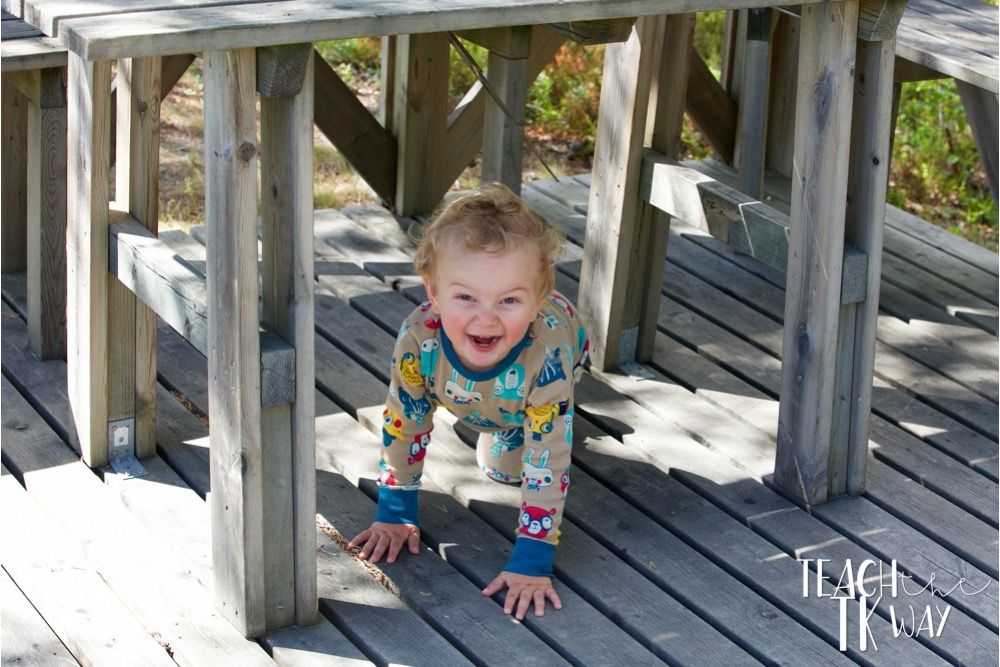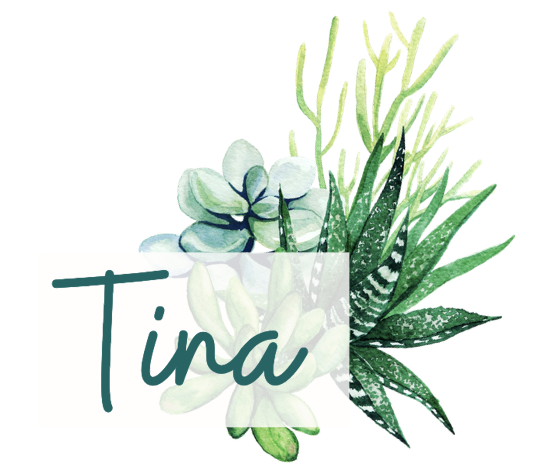Play-based learning should be a child’s work; where toys and manipulatives are utilized as tools. Inquiry should be celebrated to gain higher-order thinking skills. Classrooms should support and celebrate the uniqueness of every child. Unfortunately, we have lost the ability to include a play-based learning philosophy, to a more structured day. One filled with standardized tests, national objectives and strict routines and consequences.
The Oxford Dictionary defines play as a verb that means to amuse oneself, sport, frolic or engage in a game.

Where has play gone?
We have lost play-based learning activities to a few key concepts in life:
- An adult’s need for the correct use of toys
- Standardized testing results which determine and drive funding
- A digital world
- Along with an obsession of frivolous productivity of the individual over the collaboration of the group
- Bogged down in the need for young children to be small versions of adults, children are expected to keep up with an adult’s overscheduled world
How can we overcome the play deficit?
- Bring loose parts into the classroom
- Forgo commercial toys and learning activities, opt for natural everyday items instead
- Teach children the value of making do with the items on hand
- Creatively use available materials

What is Play-Based Learning?
Play-based learning is the standard to which all early education programs should strive. Play-based learning in preschool? Yes! Play-Based Learning In Kindergarten? Yes! Now I know what you are going to say, there are so many requirements we cannot play in the classroom anymore. And my answer to this is yes you can. Get creative with how you word your lessons, standards, and objectives.

Including play-based learning activities in the curriculum is easy. Through songs, literature, art, and math we can encourage play-based activities and still reach milestones. Easel painting becomes a lesson in color mixing. My language and literacy activities always come back to the standards of conventional language. Math and counting activities help the children practice and master subitizing. As a result, do the children know they are learning hard concepts? NOPE, they are just playing.
Play is the work of every child
Maria Montessori
Here are a few more ideas for you.
- We participate in color chemistry science lessons while we paint.
- Children are practicing comprehension and literacy skills when we create cards and letters for friends.
- The students will understand parts of a whole while working on puzzles.
- We play roll-and-count games that teach the children to subitize without realizing that’s what they are doing.
How can educators rekindle the lost art of play?
Adding items to the classroom that enhance a child’s innate curiosity. Instead of static toys with one purpose or goal, or one way to use the item educators can add open-ended materials (Loose Parts) that have a variety of uses. My own 20 and 21-year-olds still play with rocks and create cairns when we go to the river. They try to outdo one another while hypothesizing who can engineer the tallest, most elaborate tower.

Educators can schedule a time for play. Offer uninterrupted time for free play. This allows the children to create spontaneous games and practice make-believe concepts during the structured day. Educators need to understand that children are reaching milestones while immersed in play-based activities. And they need the tools and verbiage to share with the administration and parents to prove their point.
Consequently, at the end of every day, I find many remnants of play in my classroom. From bridges and tunnels to writing samples and cast-off art projects. These activities allow me to see the learning that is happening while I am merely facilitating a safe space.

Which Classrooms Should Include Play-Based Learning in Their Daily Plans?
ALL OF THEM! All across the world, every educator, every classroom, every age, and every specialty group should be including at least an hour of unstructured play in their curriculum. And I created a FREE planner just for you. Grab your play-based planner today and get started adding play to your day!




2 Responses